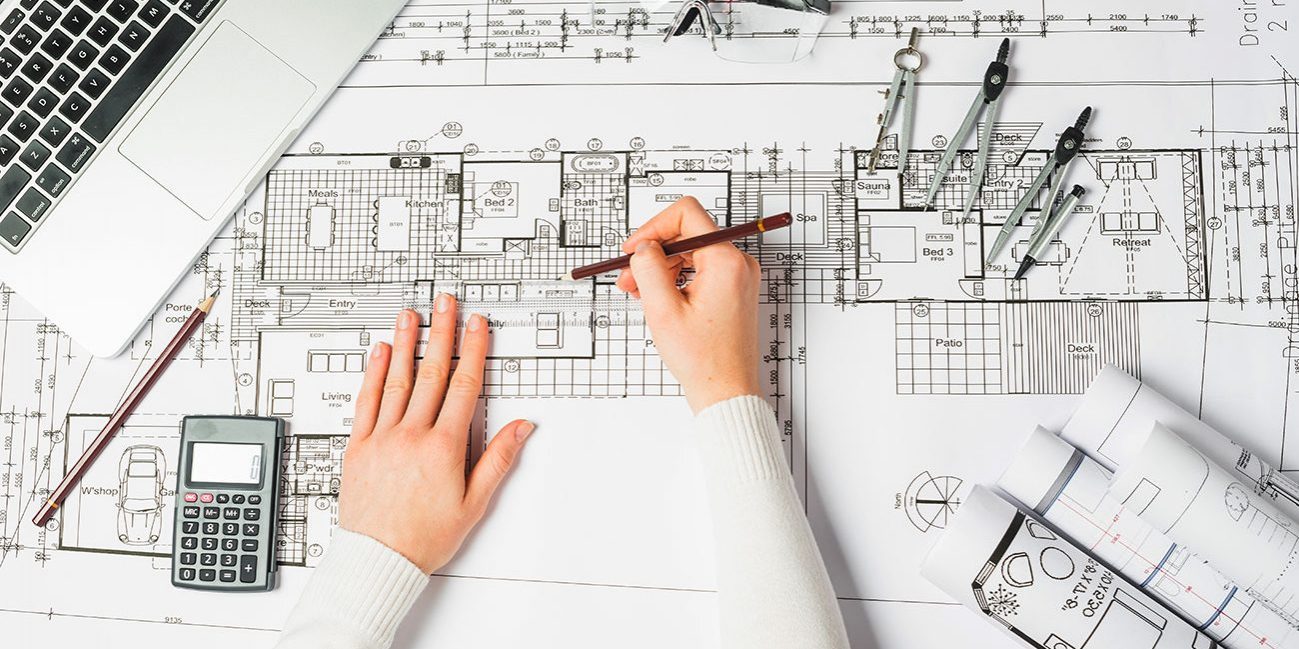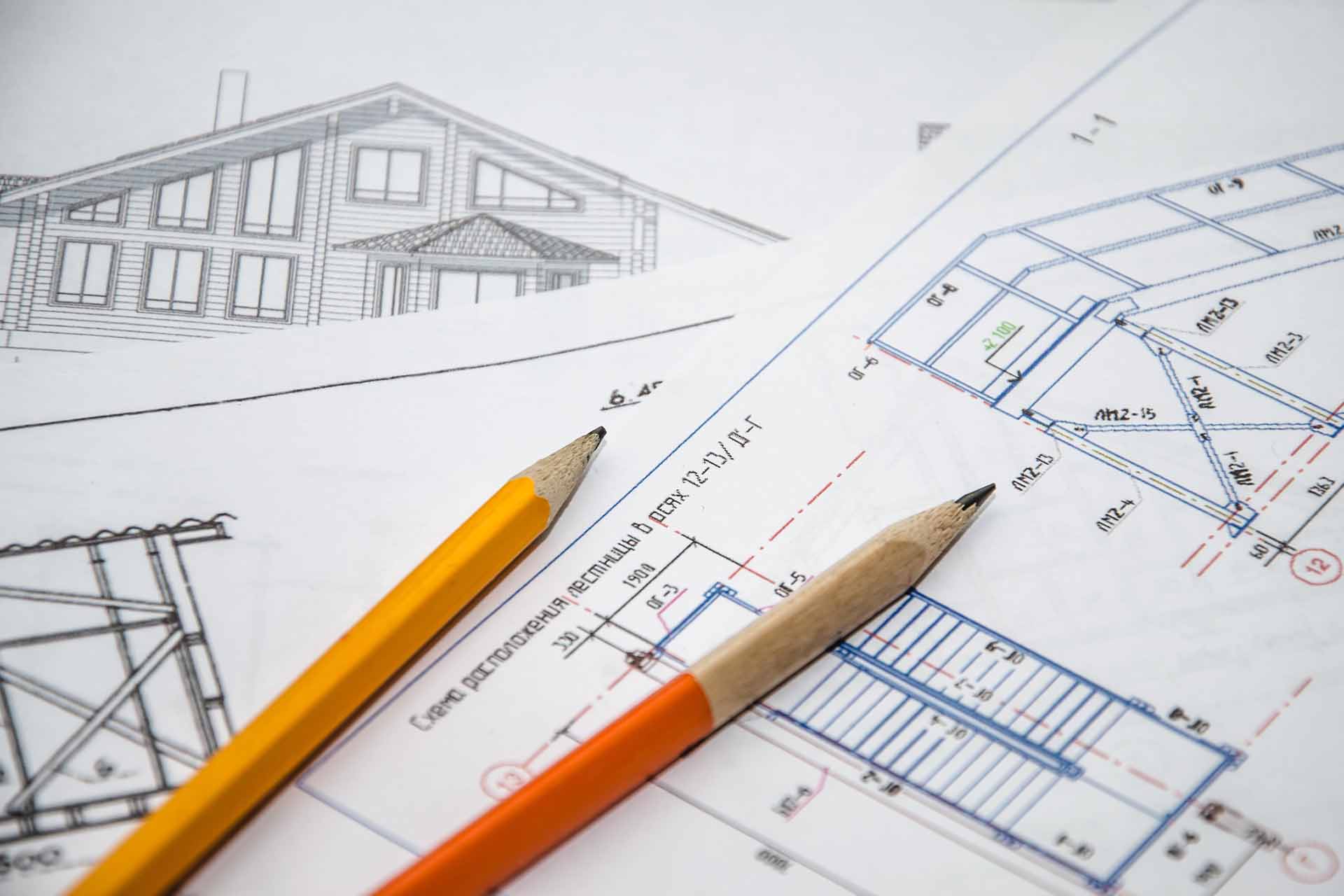Architect Portfolio Showcases That Impress Clients Immediately
Architect Portfolio Showcases That Impress Clients Immediately
Blog Article
Comprehending the Diverse Job Paths Available for Aspiring Architect
As an ambitious Architect, you have a globe of career paths waiting for you. Whether you're drawn to standard style or the subtleties of lasting design, there's a niche that lines up with your rate of interests.
Typical Style: Designing Buildings and Structures
Typical style concentrates on developing buildings and frameworks that mix performance with aesthetic allure. Your layouts can show social heritage, showcasing regional traditions while fulfilling modern-day requirements.
You'll develop abilities in preparing, model-making, and site evaluation, permitting you to picture and interact your concepts successfully. Engaging with clients, you'll require to understand their vision and translate it right into practical designs.
In addition, developing codes and sustainability practices are important in your job, ensuring your frameworks are risk-free and environmentally pleasant. As you grow in your occupation, you'll find possibilities in domestic, business, or perhaps restoration jobs, each offering unique obstacles. Embracing typical architecture leads the way for a meeting profession that admires the past while shaping the future.
Urban Planning: Forming Communities and Public Spaces
As an ambitious Architect, you can play a crucial role as a metropolitan planner, transforming just how communities engage and function. By employing area engagement techniques, you'll assure that residents have a voice fit their setting. Plus, integrating sustainable layout concepts will assist develop rooms that not only satisfy today's requirements yet likewise protect the future.
Role of Urban Planners
While lots of may think of architects as the single dreamers behind buildings, urban planners play a crucial duty in shaping the broader landscape of areas and public rooms. By working together with various stakeholders, you'll aid create parks, transportation systems, and household areas that promote social communication and availability. Your competence in spatial design and area dynamics allows you to imagine future growth while maintaining cultural heritage.
Neighborhood Involvement Methods
Effective community interaction methods are crucial for city organizers to assure that the voices of homeowners are listened to and valued in the planning procedure. To cultivate purposeful discussion, you need to focus on open discussion forums and workshops where area participants can share their concepts and concerns. By actively paying attention and including comments, you'll produce areas that reflect the community's needs, ultimately leading to even more effective and lasting city settings.
Lasting Style Principles
When creating urban rooms, integrating sustainable style concepts is important for creating settings that flourish both environmentally and socially. Consider incorporating green rooms, like yards and parks, to enhance biodiversity and boost air quality.
Creating with water preservation in mind is also key-- consider rain yards and permeable surface areas to manage stormwater. Including area members throughout the preparation process warranties that the spaces you produce fulfill their needs and motivate social communication. By embracing these concepts, you'll add to vibrant, sustainable city landscapes that benefit everyone.

Landscape Style: Producing Sustainable Exterior Environments
As you explore landscape style, you'll find essential layout principles that develop practical and gorgeous exterior spaces. Lasting practices play a crucial role in making sure these environments prosper while minimizing ecological influence. Plus, you'll locate a variety of occupation opportunities that enable you to make an actual difference in exactly how individuals interact with nature.
Style Concepts in Landscape
Recognizing layout concepts in landscape design is necessary for producing sustainable outdoor environments that harmonize with nature. You'll require to ponder aspects like equilibrium, scale, and proportion to assure your layouts feel cohesive and welcoming. Furthermore, pay attention to seasonal adjustments, creating with products that enhance the environments year-round.
Lasting Practices Review
Lasting practices in landscape style not just concentrate on visual appeals but additionally prioritize eco-friendly health and wellness and resource preservation. By integrating indigenous plants, you improve biodiversity and reduce the demand for chemical fertilizers and chemicals. Carrying out efficient watering systems helps preserve water and lessens runoff, shielding close-by ecosystems. You can create spaces that advertise soil health and wellness, such as exercising and using natural products permaculture principles. In addition, incorporating environment-friendly infrastructure, like rainfall yards and porous sidewalks, help in stormwater management and minimizes urban warm. When you develop outdoor atmospheres with sustainability in mind, you add to a healthier world and give spaces that promote area connection. Inevitably, these practices ensure your layouts profit both individuals and the environment for many years ahead.
Occupation Opportunities Expedition
With a strong structure in sustainable practices, landscape design offers a selection of profession courses that enable you to make a purposeful effect on the environment. Urban coordinators frequently Website work together with landscape designers to develop eco-friendly spaces in metropolitan setups, improving city livability. If you're enthusiastic about education and learning, consider coming to be a landscape architecture teacher, motivating future generations.
Sustainable Style: Concentrating On Eco-Friendly Practices
As you explore your occupation in architecture, accepting eco-friendly methods can establish you apart in a competitive field. Lasting layout focuses on producing structures that minimize environmental effect while boosting occupant wellness. By integrating eco-friendly materials, energy-efficient systems, and sustainable building methods, you'll add to a greener future.
Beginning by gaining understanding of eco-friendly qualifications like LEED or BREEAM, which can bolster your credentials. Consider exactly how all-natural light, air flow, and thermal performance can maximize layout. Collaborate with engineers and environmental specialists to innovate services that minimize waste and save sources.
Do not neglect the relevance of area participation-- interesting neighborhood stakeholders can motivate layouts that integrate with the setting. As customers significantly focus on sustainability, your knowledge in green methods will not only attract tasks yet additionally meet your enthusiasm for accountable design. Embrace this essential aspect of the profession, and see your job grow.
Historical Preservation: Protecting and Restoring Social Heritage
While you begin on your architectural journey, consider the crucial function of historic preservation in preserving our cultural heritage. This field concentrates on the protection and remediation of substantial structures, websites, and structures that inform the stories of our past. By participating in historical conservation, you'll assist protect the architectural tradition that forms neighborhood identity.
As a historical preservation Architect, you'll examine historical relevance and assess the problem of structures. You'll work very closely with preservationists and historians to ensure authentic repair strategies are employed. This job path enables you to mix creativity with research study, allowing you to develop options that respect original products and workmanship.
Your work i loved this not only adds to sustainability by recycling existing buildings however additionally cultivates a sense of pride within areas. Embracing this path will aid you become a guardian of history, protecting the tales and aesthetic appeals that improve our lives.
Inside Architecture: Enhancing Indoor Spaces
Historic preservation and indoor style both share a dedication to enhancing the built atmosphere, however they concentrate on various facets. While historical preservation emphasizes maintaining a structure's historical and cultural value, interior design nos in on maximizing interior areas for capability and aesthetics.
As an aspiring Architect, you'll find that interior architecture allows you to blend creativity with technical abilities. You'll make rooms that not just look excellent yet likewise advertise comfort and performance. This area entails understanding how light, color, and materials interact try this website within a space, influencing state of mind and use.
You'll function on different jobs, from domestic homes to commercial offices, ensuring that each setting fulfills the requirements of its residents. By prioritizing customer experience, you can change interiors right into functional and motivating areas, making a substantial influence on how individuals connect with their surroundings. Embrace the possibility to improve indoor environments and form the method people live and function.
Industrial Design: Combining Capability With Aesthetic Appeals
Industrial layout plays a crucial function in creating items that perfectly mix looks with performance, ensuring that what you utilize daily is not just visually attractive but likewise practical. As an ambitious Architect, you can immerse on your own in this field, focusing on designing whatever from furnishings to consumer electronic devices. Your work includes recognizing individual demands, materials, and producing procedures, enabling you to develop innovative options that enhance daily experiences.
In commercial layout, you'll often team up with makers, marketing professionals, and engineers, ensuring that your layouts are not just stunning but additionally practical. This profession path supplies a dynamic environment where creative thinking satisfies practicality, making it a fulfilling option for architects interested in forming the products of tomorrow.
Regularly Asked Concerns
What Educational Qualifications Do I Required to Become an Engineer?
To end up being an architect, you'll require a professional level in architecture, commonly a Bachelor's or Master's. Furthermore, you'll need to complete a teaching fellowship and pass the Architect Enrollment Evaluation to exercise legally.
Exist Certification Demands for Various Architectural Job Paths?
Yes, there're certification requirements for different building paths. Architect. You'll need to pass exams, total internships, and often pursue specialized training, relying on your selected focus, like landscape design, city design, or historical conservation
What Software Skills Are Essential for Designers Today?

Just How Can I Gain Practical Experience While Studying Style?
You can gain sensible experience by interning at architectural companies, joining design competitions, offering for area jobs, or teaming up with classmates on real-world tasks. These possibilities improve your abilities and construct important links in the industry.
What Task Opportunities Exist Outdoors Traditional Design Firms?
You can check out numerous job chances outside typical architecture firms, like metropolitan preparation, interior decoration, landscape design, building monitoring, realty development, and even functions in sustainability consulting. Each deals unique challenges and benefits.
Whether you're drawn to standard style or the subtleties of lasting design, there's a niche that lines up with your rate of interests.When creating city rooms, including lasting layout concepts is crucial for creating environments that flourish both ecologically and socially.As you explore landscape design, you'll find vital style principles that create stunning and practical outside spaces.Recognizing design concepts in landscape architecture is essential for producing lasting outdoor settings that integrate with nature.In commercial style, you'll commonly work together with suppliers, engineers, and online marketers, guaranteeing that your designs are not just stunning but additionally viable.
Report this page